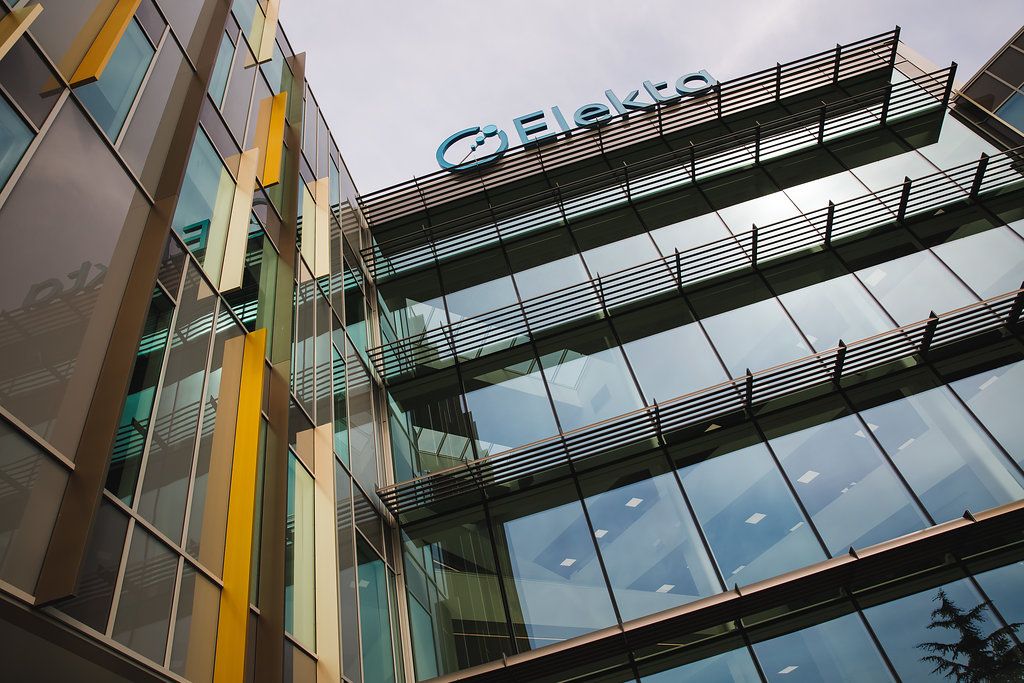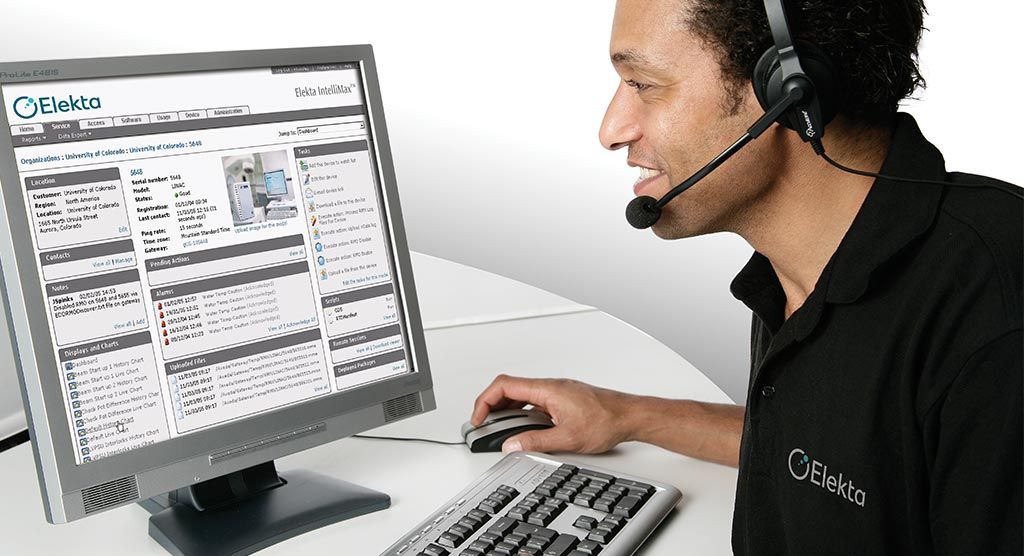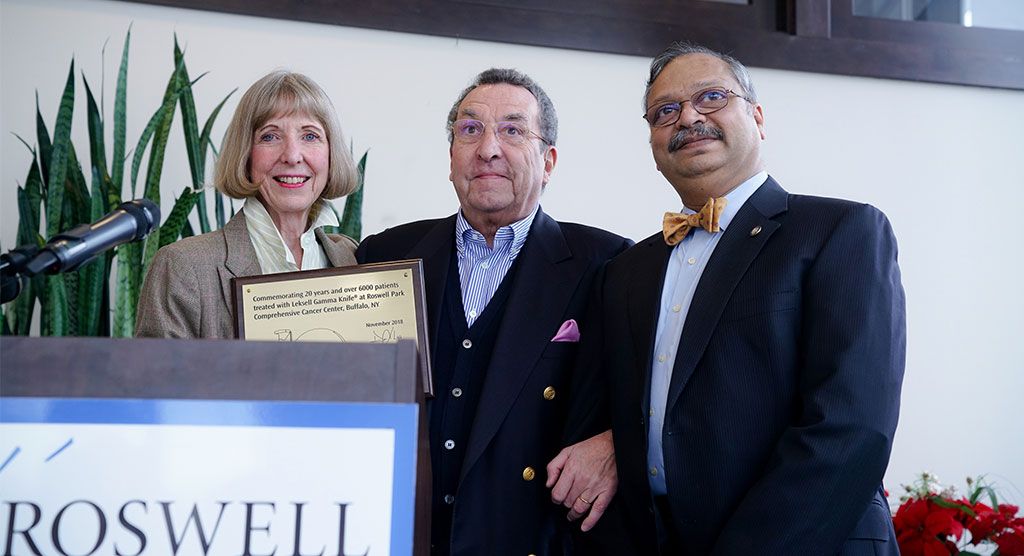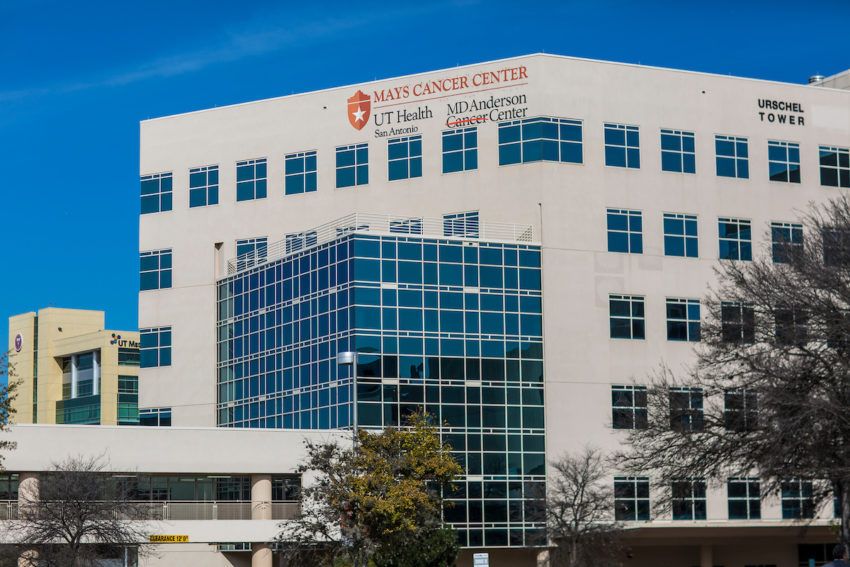Elekta MR-linac Consortium publishes 1st clinical paper on MR/RT feasibility
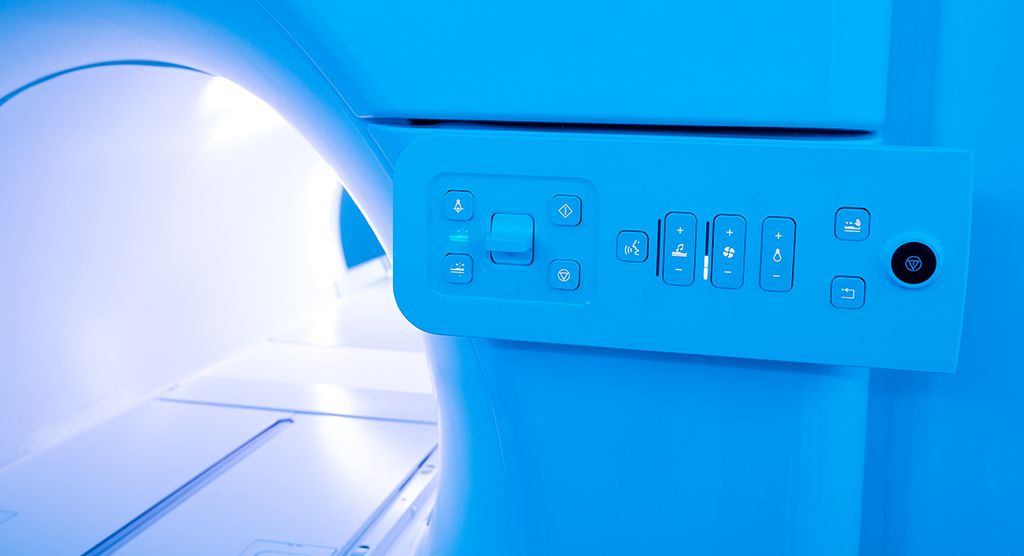
Consortium member, University Medical Center Utrecht, reports on first series of patient treatments using company’s Elekta Unity MR-linac
University Medical Center Utrecht (UMCU, Utrecht, the Netherlands) is the first of the seven founding members of the Elekta MR-linac Consortium to report on their clinical experience using Elekta Unity, the only magnetic resonance radiation therapy (MR/RT) system that integrates a 1.5T MRI scanner with an advanced linear accelerator and clinical software. In the published study, “Feasibility of stereotactic radiotherapy using a 1.5T MR-linac: Multi-fraction treatment of pelvic lymph node oligometastases,” the investigators used Elekta Unity to deliver SBRT treatments to five patients with lymph node lesions.1
The study demonstrated the feasibility of MR-guided radiotherapy by satisfying three criteria: treatment delivery using the MR-linac, with full online planning; maximum session time of 60 minutes and passing all quality assurance (QA) tests.
“The UMCU team’s report is the first in what we anticipate will be a long line of papers from Consortium members that validate the clinical advantages of MR-guided radiotherapy,” says co-author Kevin Brown, Global Vice President Scientific Research at Elekta. “The UMCU study, in particular, demonstrated that clinicians can – for each treatment session – use the MRI in Elekta Unity to determine the daily position and shape of the anatomy and then to generate new treatment plans that are optimized to meet the clinical goals of OAR dose constraints and target coverage. And, also, that therapy can be delivered in a reasonable time and with excellent quality assurance.”
“The UMCU study, in particular, demonstrated that clinicians can – for each treatment session – use the integrated MRI in Elekta Unity to determine the daily position and shape of the anatomy.”
The five patients in the UMCU study were treated in August 2018, each receiving five treatment sessions (fractions). For each fraction, clinicians performed MRI online planning with the patient in the treatment position, using the scans to optimize the treatment plans to changes in the shape and position of the target and adjacent healthy tissue. Intra-fraction and post-irradiation MRI scans were also acquired for offline assessment of intra-fraction motion.
“All of the treatment sessions were completed well within the 60-minute criteria, with the first two patients’ total average session time of 44 minutes and, with shorter MRI scans for the three other patients, the average session time was 39 minutes,” Brown notes. “In addition, all QA tests were passed, which included independent 3D dose calculations and film measurements. Taken together, all three of the feasibility criteria that the UMCU team evaluated in this study were satisfied. Again, we at Elekta are confident that this experience with Elekta Unity will be repeated many times in future among the Consortium members.”
- Werensteijn-Honingh AM, Kroon PS, Winkel D et al. Feasibility of stereotactic radiotherapy using a 1.5 T MR-linac: Multi-fraction treatment of pelvic lymph node oligometastases. Radiotherapy and Oncology, Volume 134, 50-54. DOI: https://doi.org/10.1016/j.radonc.2019.01.024

